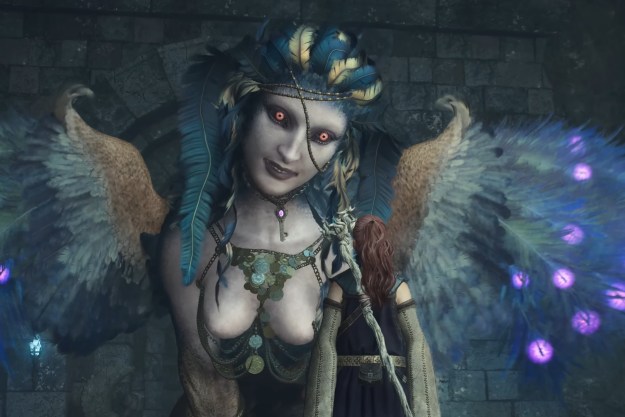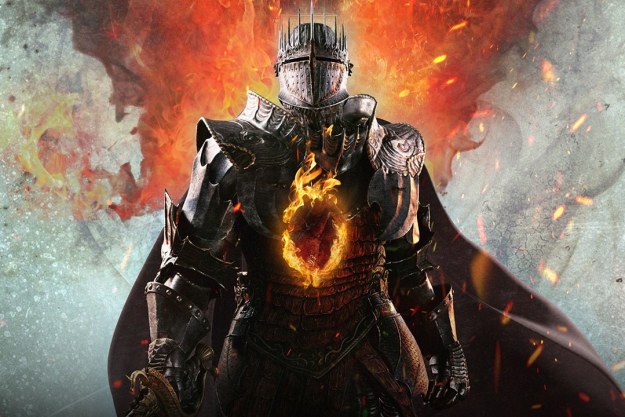Season of the Splicer brings a new game mode to Destiny 2. Override is a six-player matchmade activity that ties directly into the story of Season of the Splicer and features some of the coolest locations Destiny 2 has seen. Although Override isn’t difficult, there are a lot of ways you can optimize your runs. In this Destiny 2 Override guide, we’re going to show you all of them.
The Override activity requires the Season of the Splicer season pass, and many of the Season of the Splicer weekly challenges require the Override activity. Keep that in mind if you’re a free-to-play player.
More Destiny 2
- Destiny 2 Armor Synthesis guide
- Destiny 2: How to dominate Battlegrounds
- Destiny 2 Masterwork gear, explained
What is Override?

Override is a new six-player game mode in Destiny 2 that’s very similar to Gambit. As part of Season of the Splicer, Override sends you and a group of others through the neon-ridden Vex network to face Tacitas, Subjugated Mind, Portunos, Subjugated Mind, or Thesmotae, Subjugated Mind. The first activity was on Europa, the second was on the Moon, and the current one is on the Tangled Shore.
Regardless of the location, all Override activities play out in the same way: They’re split into two parts. For the first part, you need to defeat waves of enemies to bank motes and fill a mote progress bar. At a certain point, a Champion will spawn that you need to defeat. Do that three times, and you’ll be able to enter the Vex network.
This is the second part. In the Vex network, you need to go through a platforming challenge that ends in a boss room. Take down the boss, and the Override activity is done. Override isn’t too complex — it’s basically a one-sided version of Gambit with a platforming section attached. However, there are a lot of small details that can make it easier or harder.
Step 1: Banking motes

The first step is straightforward. Defeat the mix of enemies to earn motes and bank them using the deposit point in the center of the map. You can only carry 10 motes at once, and most enemies only drop a single mote. Depositing motes moves the progress bar on the left side of the screen forward. Once you reach a third — marked by a small diamond — the bank will lock down.
A Champion will spawn. Focus on it and the other blockers, then turn your attention to the bank. At this point, you should see small white cubes floating around the bank. Some of them will slowly turn red. Shoot those, then use the platforms that appear to climb to the top of the bank and hack it. Repeat this process three times to move on to the next section.
You don’t need to do anything else, but you can speed up this process with a Data Spike. A portal near the bank will open during the first section and allow you to briefly infiltrate the Vex network. Go inside and defeat the Champion to earn a Data Spike, then deposit it in the bank to earn bonus progress. Banking Data Spikes will also increase the chance of a Network Anomaly spawn during the boss battle. We’ll get to that later.
Step 2: Through the Vex network

After banking your final motes, the bank will disappear and reveal a hole that will suck you into another dimension — the Vex network. This leads to a short obstacle course where you’ll need to platform and avoid hazards to make it to the boss. These sections are different each time, but they have some common elements:
- Long ramps: Most Vex network sections begin with a long ramp that you will slide down. These give you a ton of momentum, so be careful jumping off of them.
- Lasers and red walls: You will find spinning white lasers and red wall obstacles throughout the course. These will kill you immediately, so avoid them if you can.
- White barriers: You will come up against white, semi-transparent barriers with floating Vex cubes protecting them. Destroy the cubes to destroy the barrier.
The platforming section is tricky, especially if you’re not used to it. Thankfully, you don’t need to make it to the end. As long as one of your team members makes it to the end, they can carry you to the boss room. You can also invest in the Codestrider upgrade for your Splicer Gauntlet to make these sections easier.
Step 3: Defeat the boss

At the end of the platforming section, you’ll end up in the boss room facing off against Tacitas, Subjugated Mind on Europa. It’s a big, bad Wyvern that can kill you with a few close-range or distance hits, so make sure to use cover and keep track of your health.
Like most Destiny 2 bosses, this one happens in thirds. Focus your fire on the front and back of Tacitas — where it can actually take damage — until you’ve depleted a third of its health. At that point, it will retreat to the center pillar, and a special enemy, the Scytale, will spawn. Defeat the Scytale for a Data Spike, then deposit the Data Spike in the marked location. Meanwhile, your other teammates should shoot the Vex cubes around the map to break the shield in the center of the room.
Repeat this process a couple of times more, and you’re all done. During the fight, make sure to look out for a special enemy called Network Anomaly. These are basically loot goblins that will drop Decrypted Data, and they spawn randomly. However, Bungie has confirmed that depositing more Data Spikes increases their spawn chance. Decrypted Data is the currency you use to upgrade the Splicer Gauntlet.
After you’re done, you can claim your reward. If you crafted a Key Code using your Splicer Gauntlet, a Conflux Chest will spawn next to the main one that rewards you with Season of the Splicer gear and Decrypted Data.
The second Override activity on the Moon features Portunos, Subjugated Mind, which is a Minotaur enemy that will get up close and kill you with a big stomp. The only difference is what you do between boss phases. Instead of retreating, Portunos will transport you to a separate area with a group of enemies and an Unstoppable Ogre. Equip your Unstoppable mods to take it down, grab the Data Spike, and bank it. Repeat this process three times, and Portunos, Subjugated Mind will fall.
The last Override activity is on the Tangled Shore. There, you’ll face off against Thesmotae, Subjugated Mind, a Vex Hydra that’s easier than bosses from previous weeks. Similar to previous weeks, the goal is to take off a third of the health, beat mobs of enemies, deposit a data cube, and repeat.
Editors' Recommendations
- Slay the Spire 2 is coming to early access next year with a new hero
- Where to find the Unmaking Arrow in Dragon’s Dogma 2
- The best Dragon’s Dogma 2 mods
- The best item recipes in Dragon’s Dogma 2
- All sphinx riddle solutions in Dragon’s Dogma 2




